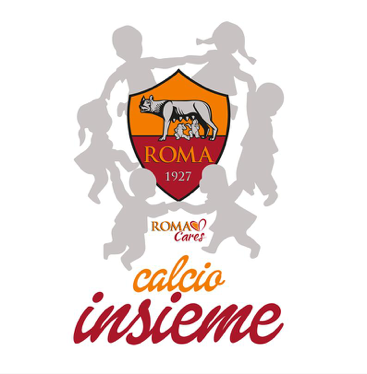There are few research studies conducted on the topic of soccer and autism, below are the studies on youth with ASD presented in an article by Vetri and Roccella (2020). On the Playing Field to Improve: A Goal for Autism. Medicine, 56.
Hayward et al. (2016) investigated a group of 18 children with ASD (7-11 years old) who participated in a 16-week community-based program The authors assessed physical activity outcomes such as pre- and post-football skills, participant attendance, and parent satisfaction. The purpose of their soccer program was to teach children with ASD the basic soccer skills while giving them the opportunity to have fun and interact with peers. The results supported the feasibility and effectiveness of a soccer program because they showed improvements in shot accuracy and agility on the 15-yard line. Parents’ overall satisfaction was very good and perceived their children as more active and enjoying playing soccer
Calcio Insieme is a project promoted by the Fondazione Roma Cares (a non-profit organization linked to AS ROMA and the sport association Accademia di Calcio Integrato). Cei et al. (2017) recruited 30 children with ASD (6-13 years old) to study the effects of a soccer-based training program. All children underwent initial and final quantitative motor assessment. The authors used a qualitative approach to assess psychosocial skills at the beginning and end of the training period through interviews with their parents and teachers of the youth. Results showed that parents and teachers perceived most children with ASD to have improved psychosocial and communication skills. Motor skills assessed quantitatively showed significant improvement in the following six out of ten tests: walking between cones, running between cones, rolling on the mat, jumping high (three 20/30 cm obstacles), grasping (five throws from 1 to 5 m away from the instructor), and staying balanced on the jellyfish.
A third research was conducted by Chambers and Radley (2020) who used a different approach. preferring a peer-mediated intervention to promote skill acquisition in children with ASD. The authors selected three male students with autism (ages 11 and 12, respectively) and instructed a 14-year-old peer interventionist common to all three participants. The soccer skills assessed were throwing, kicking, and defense. During the training sessions, the peer explained and demonstrated soccer skills to the children with ASD and provided technical instruction after practice to correct errors. At the end of the study, the three participants rapidly acquired the coached soccer skills and accuracy in executing the skills persisted over time, in the absence of any peer intervention.





